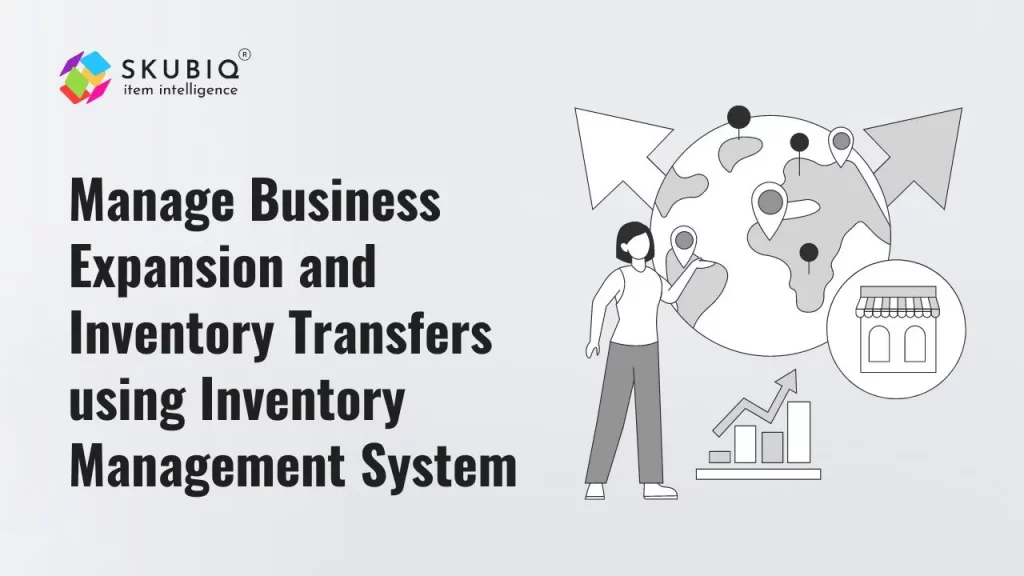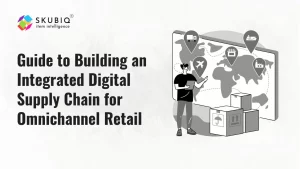In today’s fast-paced business world, efficient management of inventory is crucial for the success and growth of any enterprise. Whether you’re a small startup or a large corporation, keeping track of your stock levels, streamlining your supply chain, and optimizing inventory transfers are essential tasks. This article explores how utilizing an inventory management system can revolutionize the way you manage your business expansion and inventory transfers.
1. Understanding Inventory Management Systems
Inventory management systems are software solutions designed to help businesses efficiently track, manage, and optimize their inventory levels. These systems provide real-time visibility into stock levels, automate inventory processes, and facilitate seamless inventory transfers between locations.
2. Benefits of Implementing an Inventory Management System
Implementing an inventory management system offers numerous benefits, including:
- Improved efficiency: By automating manual tasks and providing real-time data, businesses can operate more efficiently.
- Reduced costs: Optimal inventory management leads to reduced carrying costs and minimized stockouts.
- Enhanced accuracy: Avoid human errors and discrepancies with automated tracking and reporting features.
3. Streamlining Retail Supply Chain Management
For retail businesses, managing the supply chain efficiently is essential for meeting customer demand and maximizing profits. An inventory management system enables retailers to:
- Optimize order fulfillment: Fulfill customer orders promptly by accurately tracking inventory levels.
- Minimize stockouts and overstock: Avoid lost sales due to stockouts and reduce excess inventory costs.
4. Exploring the Best Inventory Management Software
Choosing the right inventory management software is crucial for the success of your business. Look for features such as:
- Scalability: Ensure the software can grow with your business.
- Integration: Seamlessly integrate with other business systems like accounting and e-commerce platforms.
- Customization: Tailor the software to meet your specific business needs.
5. Effective Techniques for Stock Management
Effective stock management involves implementing strategies to optimize inventory levels and minimize costs. Some techniques include:
- ABC analysis: Classify inventory based on value and prioritize management efforts accordingly.
- Just-in-time (JIT) inventory: Minimize inventory holding costs by ordering stock only when needed.
- Cycle counting: Regularly count a portion of inventory to ensure accuracy without halting operations.
6. Automating Inventory Transfers
Transferring inventory between locations can be a complex process, especially for businesses with multiple warehouses or retail outlets. An inventory management system simplifies this process by:
- Automating transfer requests: Streamline the request and approval process for inventory transfers.
- Tracking transfers in real-time: Monitor the status of transfers and ensure timely delivery of inventory.
7. Real-time Tracking and Reporting
With an inventory management system, businesses can access real-time insights into their inventory levels and performance. Key features include:
- Inventory tracking: Monitor stock levels, locations, and movement in real-time.
- Customizable reports: Generate reports on inventory turnover, stockouts, and forecasted demand.
8. Integration with E-commerce Platforms
Integrating your inventory management system with your e-commerce platform enables seamless order fulfillment and inventory synchronization. Benefits include:
- Automatic inventory updates: Ensure accurate stock levels across all sales channels.
- Efficient order processing: Fulfill online orders promptly and accurately.
9. Ensuring Accuracy and Minimizing Errors
Manual inventory management processes are prone to errors and inaccuracies. An inventory management system helps businesses:
- Eliminate manual data entry: Reduce the risk of errors associated with manual record-keeping.
- Enhance inventory accuracy: Ensure that stock levels are always up-to-date and accurate.
10. Cost Savings and Increased Efficiency
By optimizing inventory management processes, businesses can achieve significant cost savings and operational efficiency improvements. Some areas where savings can be realized include:
- Reduced carrying costs: Minimize storage costs associated with excess inventory.
- Lower labor costs: Automate manual tasks and free up employees to focus on more strategic activities.
Conclusion
In conclusion, implementing an inventory management system is essential for businesses looking to manage their expansion and inventory transfers effectively. By streamlining supply chain management, automating inventory processes, and providing real-time insights, these systems enable businesses to operate more efficiently, reduce costs, and improve customer satisfaction.
FAQs (Frequently Asked Questions)
1. What is an inventory management system?
An inventory management system is a software solution that helps businesses track, manage, and optimize their inventory levels, ensuring they have the right stock, at the right time, and in the right place.
2. How can an inventory management system benefit my business?
Implementing an inventory management system can improve efficiency, reduce costs, enhance accuracy, and streamline inventory processes, leading to better business performance and customer satisfaction.
3. What are some common inventory management techniques?
Some common inventory management techniques include ABC analysis, just-in-time inventory, cycle counting, and economic order quantity (EOQ) analysis.
4. Is it necessary to integrate an inventory management system with other business systems?
Yes, integrating your inventory management system with other business systems like accounting and e-commerce platforms ensures seamless data flow and improves overall operational efficiency.
5. How can I choose the best inventory management software for my business?
When choosing inventory management software, consider factors such as scalability, integration capabilities, customization options, and user-friendliness to find the best solution that meets your business needs.




